14 Ways to Improve Your Students’ Oral Language Skills
January 23, 2018
UPDATED: 3/23/22
Oral language is one of the most important skills your students can master—both for social and academic success. Learners use this skill throughout the day to process and deliver instructions, make requests, ask questions, receive new information, and interact with peers.
As a teacher, there’s a lot you can do during your everyday lessons to support the development of strong oral language skills in your students. Today’s post, excerpted and adapted from Dyslexia, Dysgraphia, OWL LD, and Dyscalculia, by Berninger & Wolf, gives you 14 ideas for supporting oral language development in your students who are verbal. These teaching strategies can help students with specific language disabilities (including dyslexia), and they can boost the language skills of your other learners, too. Try these and see which ones work best for your students!
Encourage conversation.
Every social interaction gives students a new opportunity to practice language. Some of your students might need a little guidance from you to engage in conversations, so spark interactions whenever you can. Ask questions, rephrase the student’s answers, and give prompts that encourage oral conversations to continue.
Model syntactic structure.
Your students may not use complete oral syntax in informal speech, but encourage them to do so when they’re in the classroom. When a student uses fragmented syntax, model complete syntax back to them. This builds oral language skills and gives students practice in a skill necessary for mastering written language.
Maintain eye contact.
Engage in eye contact with students during instruction and encourage them to do the same. Maintaining eye contact will help learners gauge their audience’s attention and adjust their language, their volume, or the organization of their speech. This will help them be better understood, communicate more clearly, and successfully interpret nonverbal cues about their clarity.
Remind students to speak loudly and articulate clearly.
Ask students to feel the muscles used for speech while they’re talking and monitor their volume and articulation. Remind them that clear and loud-enough speech is essential for holding the attention of the group and communicating their information and opinions effectively.
Have students summarize heard information.
Encourage students to verbally summarize or otherwise discuss the information they hear. This should begin in kindergarten and continue with increasingly difficult questions as students grow older. Teach students to ask for clarification when they don’t understand something, and emphasize that they can ask you directly or query fellow students.
Model and guide sentence construction.
Some students have trouble getting started with the wording of a sentence. Saying the beginning word or phrase for the student can help the student structure their response. Give students time for thinking and formulating an oral or written response. Students’ explicit experience in both producing their own oral language and processing others’ language will help facilitate their comprehension of reading material.
Explain the subtleties of tone.
Your students have probably experienced playground arguments related to tone; misunderstandings are common when students are using loud outdoor voices. Remind your students how tone of voice—which includes pitch, volume, speed, and rhythm—can change the meaning of what a speaker says. Often, it’s not what they say, it’s how they say it that can lead to misunderstanding of motives and attitudes. Ask your students to be mindful of tone when they’re trying to get a message across, and adjust their volume and pitch accordingly.
Attend to listening skills.
Ensure that your students are listening by using consistent cues to get their attention. You might use a phrase like “It’s listening time” to give students a reminder. Some students might also benefit from written reminders posted prominently on your wall.
Incorporate a “question of the day.”
During each school day’s opening activities, ask a question to encourage talk. (You can even write one on the board so your students can read it and start thinking about their answer as soon as they come in.) Start with simple one-part questions like “What is your favorite animal?” If a student doesn’t answer in a complete sentence, model a complete sentence and ask the student to repeat your model. Once your students are successfully answering these simple questions in complete sentences, move to two-part questions that require more complex answers: “What is your favorite animal? Why?”
Compile a class booklet of students’ phrases.
Give your students a sentence to finish, such as “When my dog got lost I looked…” Have each student contribute a prepositional phrase to complete the sentence (e.g., at the grocery store, in the park, under the bed). Then have your students create a class booklet by writing and illustrating their phrases. When all the phrase pages are assembled into a booklet, students can practice reading the very long sentence with all the places they looked for the dog. Encourage them to come up with a conclusion to the story.
Teach concept words.
Some students may have difficulty with abstract concepts such as before, after, or following, and with sequences such as days of the week or months of the year. To help students learn and retain these concepts, you may need to present and review them many times and in multiple ways. For example:
- You might ask students to identify which holiday comes in each month and then review holidays for other months in sequence: “Groundhog Day is in February. What holiday is in March? In April?”
- Have students identify the month before or after a given month. “May is before June and after April.” “May is between April and June.”
Question to boost comprehension.
Asking questions before and after a reading assignment not only helps sharpen oral language skills, it also helps students think about what they’re reading and absorb information from the words. You might try the following strategies to facilitate reading comprehension:
- If there’s an introduction to the story or passage, ask students to read it and answer purpose-setting questions: “Where does the story begin? “What kind of story or article is this? Why do you think so?”
- Ask students to predict outcomes: “What will happen? How do you know?”
- After the reading, ask students to reveal whether their predictions were correct and identify where the ending or conclusion begins.
- Have students summarize the passage: “Who were the characters?” “What was the plot?” “What was the outcome?” “What was the main idea?” “What were the supporting details?”
Teach for oral reading fluency.
Oral reading fluency refers to how rapidly, smoothly, effortlessly, and automatically students read text. The goal is accurate and fluid reading with adequate speed, appropriate phrasing, and correct intonation. Here are a few activities that aid fluency:
- Sentence completion: Read a phrase and signal for a student to complete the sentence. Then read another phrase and signal another student to complete the next sentence. This activity provides good modeling of rhythm and inflection and builds reading group skills.
- Round-robin repeated reading: Each student reads a sentence, paragraph, or page, and then the next student gets a turn. Prompt each student to read with rhythm and fluency.
- Partner reading: Paired readers choose a quiet, cozy spot to practice reading to one another. This activity provides additional practice after reading in small groups.
- Monitored reading: Ask an aide or parent volunteer to listen to a student’s oral reading and watch for good phrasing and rhythm.
- Repeated reading: Parents may assist with repeated reading at home by asking students to read orally the same 150- to 200-word passage repeatedly over several days. Students do not have to spend more than 10 minutes rereading each night.
Never assume students understood your instructional talk.
You use oral language every day to teach—but some students may not be getting your message. In this chart from Berninger & Wolf’s book, Beverly Wolf shares some examples of how students in her classroom misinterpreted sentences delivered orally:
Be aware of the potential disconnect between what you say and what your students hear. Go over your message and present it in multiple ways to be sure all students understand.
***
Oral language is one of the foundational building blocks of learning. Try the suggestions in today’s post with your students, and give them the boost they need for future academic and social success.
GET THE BOOK
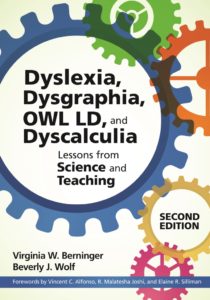 Dyslexia, Dysgraphia, OWL LD, and Dyscalculia
Dyslexia, Dysgraphia, OWL LD, and Dyscalculia
By Virginia W. Berninger, Ph.D., & Beverly J. Wolf, M.Ed.
Learn how to provide effective instruction for students with learning disabilities while meeting the needs of all students! The first teacher training text to cover all four learning disabilities that require differentiated instruction, this book prepares educators to deliver explicit and engaging instruction customized to the needs of their students. Critical insights from diverse fields blend with lessons learned from actual teaching experience.
MORE RESOURCES ON LANGUAGE SKILLS
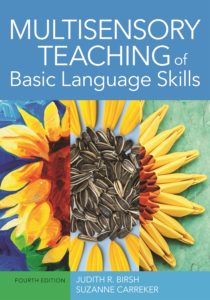 Multisensory Teaching of Basic Language Skills, Fourth Edition
Multisensory Teaching of Basic Language Skills, Fourth Edition
Edited by Judith R. Birsh, Ed.D., CALT-QI, & Suzanne Carreker, Ph.D., CALT-QI
The most comprehensive text available on multisensory teaching, this book prepares today’s educators to use specific evidence-based approaches that improve struggling students’ language skills and academic outcomes in elementary through high school.
 45 Strategies That Support Young Dual Language Learners
45 Strategies That Support Young Dual Language Learners
By Shauna L. Tominey, Ph.D., & Elisabeth C. O’Bryon, Ph.D., NCSP
Discover 45 of today’s best strategies for teaching young dual language learners and supporting their families. Includes practical guidance on how to apply each strategy in real-world classrooms!
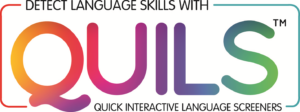 Quick Interactive Language Screener™ (QUILS™)
Quick Interactive Language Screener™ (QUILS™)
A Measure of Vocabulary, Syntax, and Language Acquisition Skills in Young Children
By Roberta Michnick Golinkoff, Ph.D., Jill de Villiers, Ph.D., Kathryn Hirsh-Pasek, Ph.D., Aquiles Iglesias, Ph.D., and Mary Sweig Wilson, Ph.D.
Early identification is the first step to helping children with language delays improve their skills. Find the children who might need help with QUILS, a one-of-a-kind tool that helps you evaluate whether children are making language progress appropriate for their age group.

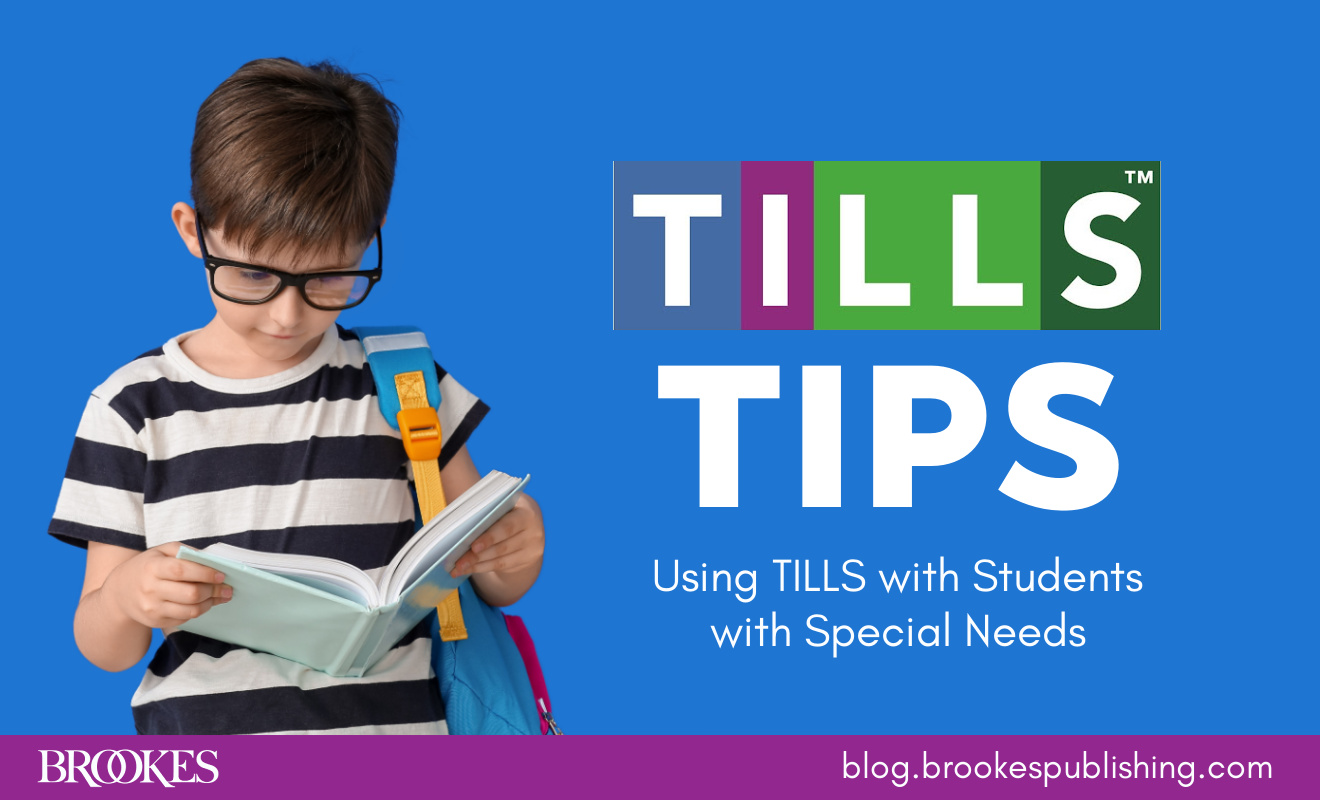
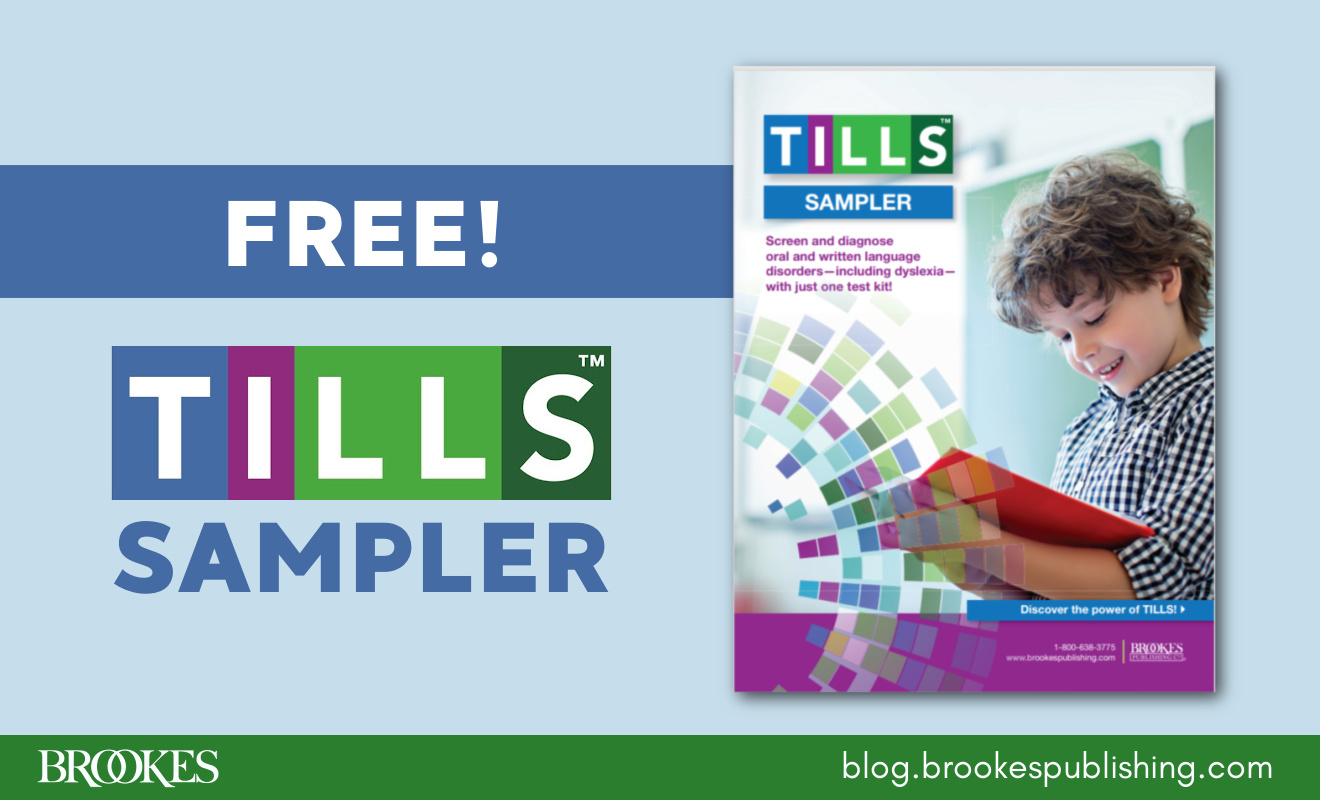
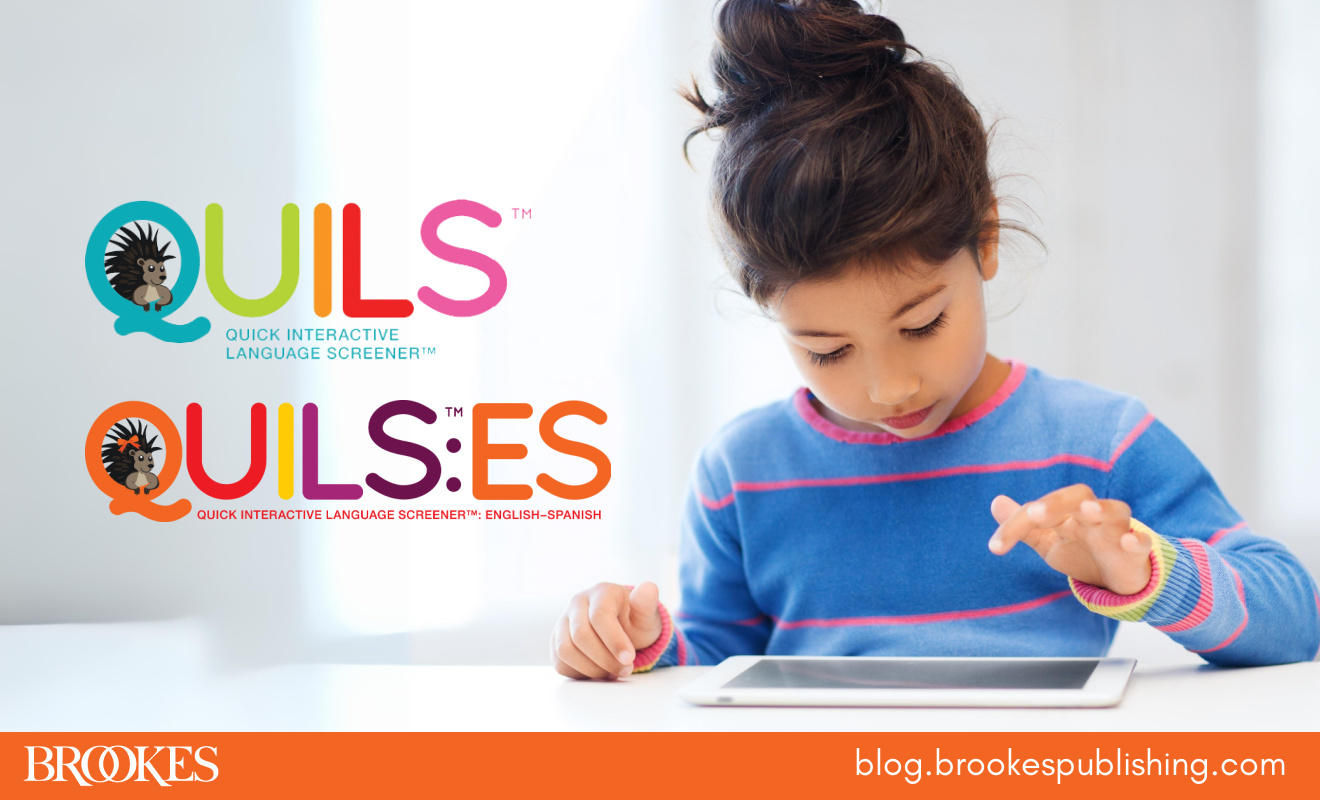
Write a Comment
Your email address will not be published. Required fields are marked *
comments
Angela Gutierrez Blakeslee says
I enjoyed reading this. I appreciate the simple changes one can make to support learning and acquisition of a new language. Many thanks.
Mehdi Saghafi says
Hi, I really found this post very helpful for one of my students. Thanks for sharing.
Mehdi
jlillis says
So glad you found it useful! Thank you for reading.
D. INDIRA PRIYA says
Much expressive, more informative, most useful to all the teaching faculty. Thank alot.
Susan B. Park says
Very useful to my English class, thank you very much.
Post a Comment